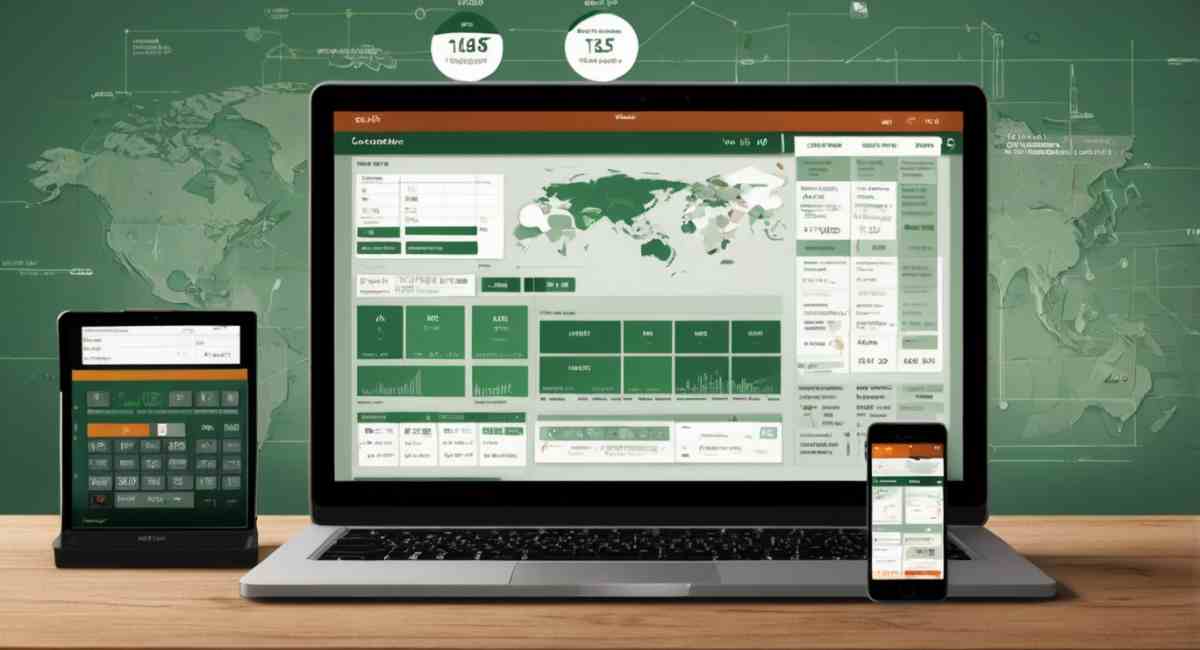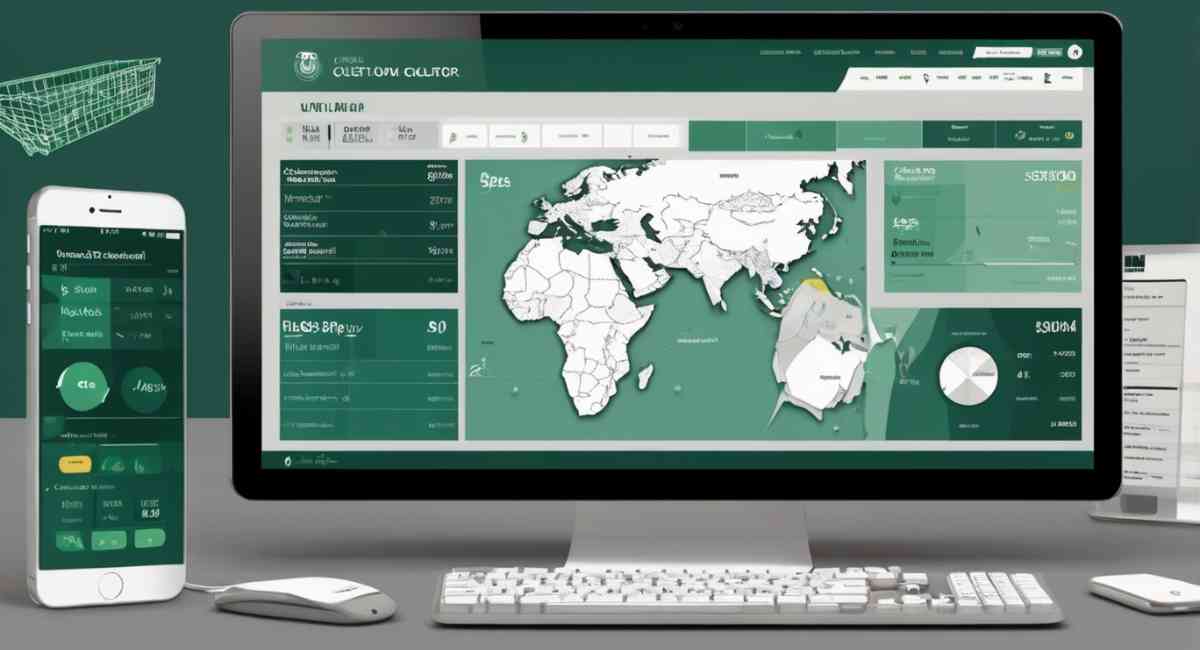Pakistan Custom Duty Calculator
Calculate import taxes, duties, and total payable amount for goods imported to Pakistan
Duty Calculation Results
For Electronics from ChinaCustom Duty
Sales Tax
Income Tax
Total Payable
Detailed Breakdown
| Charge Type | Rate | Amount (PKR) |
|---|---|---|
| Custom Duty | 5% | ₨ 0 |
| Additional Customs Duty | 1% | ₨ 0 |
| Regulatory Duty | 2% | ₨ 0 |
| Sales Tax | 17% | ₨ 0 |
| Income Tax | 5.5% | ₨ 0 |
| Total Customs Charges | ₨ 0 | |
Understanding custom duty calculator Pakistan : A Complete Guide
Importing goods to Pakistan? Understanding the custom duty calculator Pakistan process is crucial for businesses and individuals alike. With Pakistan’s import regulations and tax structures constantly evolving, having accurate information can save you from unexpected costs and delays. This comprehensive guide will help you navigate Pakistan’s customs landscape with confidence.
What Are Custom Duties and Why Do They Matter?
Custom duties are taxes levied on goods when they cross international borders. In Pakistan, these duties serve multiple purposes:
- Revenue generation for the government
- Protection of domestic industries from foreign competition
- Regulation of import volumes for specific goods
- Implementation of trade policies and international agreements
For importers, accurately calculating customs duties is essential for budgeting and avoiding unexpected costs that can impact your bottom line. The Pakistan custom duty calculator above provides a reliable estimate, but understanding the components will help you make informed decisions.
Pakistan’s Custom Duty Structure Explained
Pakistan’s customs duties consist of several components that together determine the total tax payable on imported goods:
| Duty Type | Standard Rate | Purpose | Calculation Basis |
|---|---|---|---|
| Custom Duty (CD) | 0-80% (varies by HS code) | Primary import tax | Assessable value (CIF) |
| Additional Customs Duty (ACD) | 1-7% | Additional revenue | CIF value + CD |
| Regulatory Duty (RD) | 2-80% | Regulate specific imports | CIF value |
| Sales Tax (ST) | 17% standard | General consumption tax | CIF + CD + ACD + RD |
| Income Tax (IT) | 5.5-7% | Advance income tax | CIF + CD + ACD + RD |
Key Term: CIF Value
CIF stands for Cost, Insurance, and Freight. This is the total value of the goods including the product cost, shipping insurance, and freight charges to Pakistan. All Pakistani customs duties are calculated based on the CIF value.

How to Calculate Custom Duties in Pakistan
Calculating custom duties in Pakistan involves multiple steps. Here’s a step-by-step guide:
Determine HS Code
Identify the correct Harmonized System (HS) code for your product. This 8-digit code determines the base custom duty rate.
Calculate CIF Value
Add product cost, insurance, and freight charges to determine the CIF value in USD.
Apply Duty Rates
Apply the relevant duty rates (CD, ACD, RD) based on your product’s HS code classification.
Add Taxes
Calculate sales tax and income tax on the cumulative value of CIF plus customs duties.
Calculation Formula
The complete formula for calculating total customs charges in Pakistan is:
Total Payable = CD + ACD + RD + ST + IT
Where:
CD = CIF × Custom Duty Rate
ACD = (CIF + CD) × Additional Customs Duty Rate
RD = CIF × Regulatory Duty Rate
ST = (CIF + CD + ACD + RD) × Sales Tax Rate
IT = (CIF + CD + ACD + RD) × Income Tax Rate
Custom Duty Rates for Common Import Categories
Duty rates in Pakistan vary significantly based on product categories. Here are estimated rates for common imports:
| Product Category | Custom Duty | Additional Duty | Regulatory Duty | Total Tax Impact* |
|---|---|---|---|---|
| Electronics & Mobile Phones | 5-20% | 1-7% | 10-15% | 35-65% |
| Textiles & Apparel | 10-25% | 1-3% | 5-20% | 30-55% |
| Automotive Parts | 15-35% | 1-5% | 10-25% | 45-80% |
| Industrial Machinery | 5-10% | 1% | 0-5% | 25-35% |
| Pharmaceuticals | 3-10% | 1% | 0-10% | 20-40% |
| Food Products | 10-30% | 1-5% | 10-20% | 35-70% |
*Total Tax Impact includes all duties and taxes as a percentage of CIF value. These are estimates only – actual rates depend on specific product classification.
Important Notice:
Customs duty rates in Pakistan change frequently through statutory regulatory orders (SROs). Always verify current rates through the official FBR Customs portal before finalizing import decisions.
Factors Affecting Custom Duty Calculation
Several variables can impact your final custom duty payment in Pakistan:
- Country of Origin: Pakistan has different duty structures based on trade agreements. Imports from China under CPFTA often receive preferential rates.
- Product Classification: Precise HS coding is essential as slight variations can significantly alter duty rates.
- Import Purpose: Commercial imports face different treatment than personal or temporary imports.
- Trade Agreements: Pakistan has free trade agreements with China, Malaysia, and Sri Lanka that affect duty calculations.
- Exemptions: Certain industries and sectors qualify for duty exemptions or concessions.
For accurate calculations, use our Pakistan custom duty calculator above which factors in these variables to provide reliable estimates.

Tips for Reducing Import Duties Legally
While customs duties are mandatory, smart importers use legal strategies to minimize their tax burden:
Leverage Trade Agreements
Utilize preferential tariffs under agreements like the Pakistan-China Free Trade Agreement (PCFTA) when sourcing from partner countries.
Optimize Product Classification
Work with customs experts to ensure your products are classified under the most favorable HS codes.
Explore Special Economic Zones
Consider operating from SEZs that offer duty exemptions on imports for export-oriented manufacturing.
Expert Tip:
Consider temporary import arrangements for goods that will be re-exported after processing. The Pakistan Customs offers various temporary import schemes that can significantly reduce duty costs.
Common Mistakes to Avoid
Many importers make these costly errors when dealing with Pakistani customs:
- Incorrect valuation leading to underpayment and penalties
- Misclassification of goods under wrong HS codes
- Missing documentation causing delays and additional inspections
- Ignoring regulatory changes in customs regulations
- Underestimating ancillary charges and processing fees
Using our Pakistan custom duty calculator helps avoid the first and last mistakes by providing accurate estimates of all charges.
Recent Changes in Pakistan’s Customs Policy
Stay updated with these recent developments:
- Introduction of the Pakistan Single Window system to streamline customs clearance
- Revised valuation rulings for popular imported goods
- New regulatory duties on luxury items to curb imports
- Digital initiatives for duty payment and document submission
- Special duty structures for export-oriented industries
For the latest updates, regularly check the Federal Board of Revenue website.
Ready to Calculate Your Custom Duties?
Use our accurate Pakistan custom duty calculator to estimate your import costs instantly. Get a clear picture of all duties and taxes before you import.
Calculate NowFrequently Asked Questions
How often do customs duty rates change in Pakistan?
Pakistan’s customs duty rates typically change with each federal budget (announced in June), though mid-year revisions through SROs are common. Major changes also occur in response to economic conditions and trade agreements.
Can I dispute a customs duty assessment?
Yes, importers can appeal customs assessments through the proper channels. The process involves submitting a written objection to the appropriate customs authority within the specified timeframe, usually 30 days of assessment.
Are there duty exemptions for personal imports?
Yes, Pakistan allows duty-free import of used personal and household effects by returning residents, subject to specific conditions and value limits. However, commercial imports always attract full duties.
How do I find the correct HS code for my product?
You can search the Pakistan Customs Tariff database on the FBR website, consult with a customs clearing agent, or use the World Customs Organization’s HS database as a starting point.
